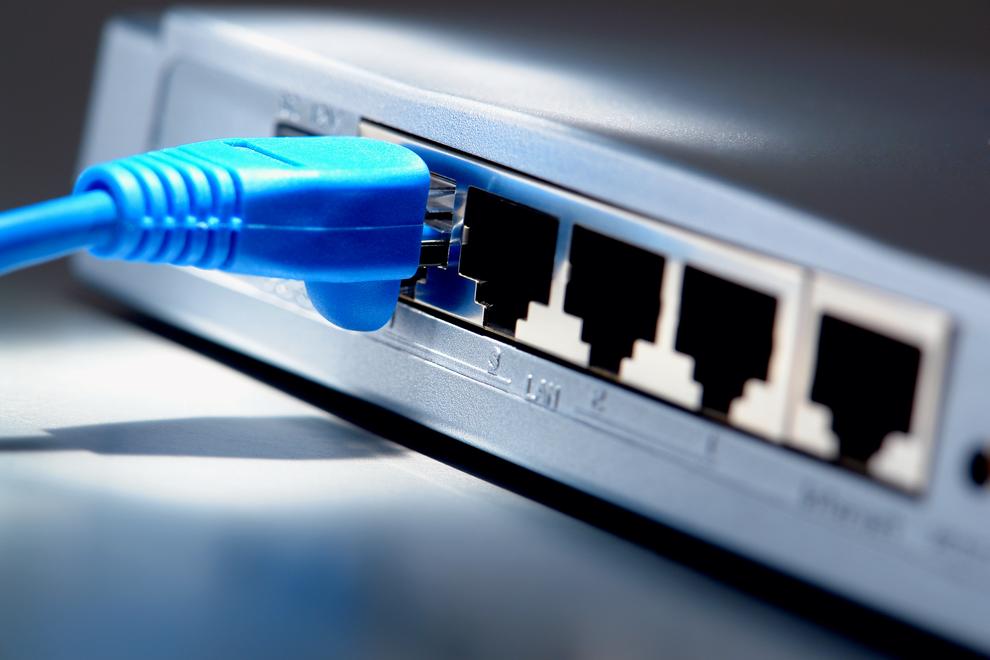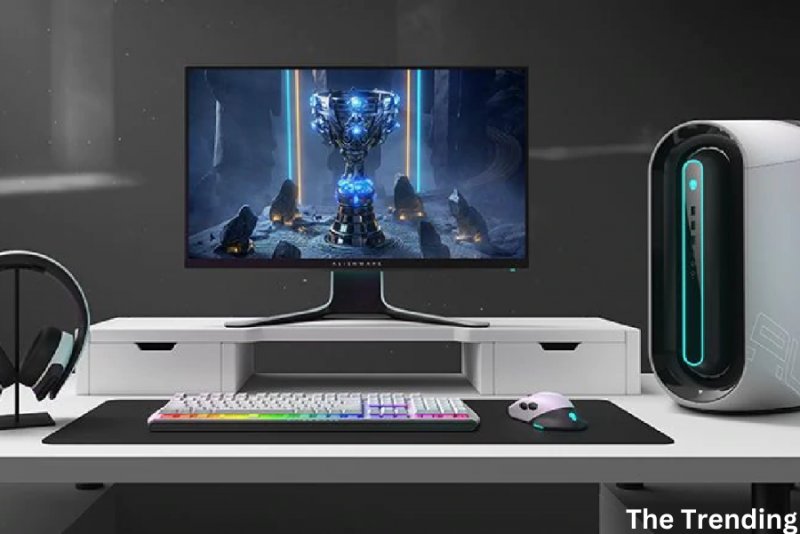The Ultimate Guide To Connecting Your Home Network With Ethernet Converters
Introduction
If you’ve ever wanted to connect your home network with Ethernet converters, then this Ultimate Guide is for you! Ethernet converters are a great way to increase the speed of your internet connection, improve its reliability, and even save on power costs. But before you dive into connecting your home network with Ethernet converters, there are a few things you should know. From what an Ethernet converter is and how it works to why it’s important and how to properly set one up, we’ll cover everything in this guide. Read on to learn more about connecting your home network with Ethernet converters!
What is an Ethernet Converter?
An Ethernet converter is a device that connects two pieces of Ethernet equipment together, allowing them to communicate with each other. It can be used to connect a computer to a network switch, or to connect two switches together.
Ethernet converters come in a variety of different types, depending on the specific needs of the equipment being connected. For example, there are media converters that convert between different types of Ethernet cable, such as Cat5 and Cat6. There are also protocol converters that allow devices that use different protocols, such as TCP/IP and UDP, to communicate with each other.
Ethernet converters can be bought from a variety of different retailers, both online and offline. They are typically very affordable, with some models costing as little as $20 USD.
Types of Ethernet Converters
An Ethernet converter is a device that converts one type of Ethernet cable to another. There are three main types of Ethernet converters:
- Ethernet over coaxial (EoC) converters: These converters connect an Ethernet cable to a coaxial cable, which is often used for cable TV or satellite TV connections. EoC converters can support speeds of up to 100 Mbps.
- Ethernet over fiber (EoF) converters: These converters connect an Ethernet cable to a fiber optic cable, which offers much higher speeds than coaxial cables. Fiber to Ethernet Converter can support speeds of up to 1 Gbps.
- Power over Ethernet (PoE) converters: These converters connect an Ethernet cable to a power source, which can be useful if you want to run your home network without having to plug it into an electrical outlet. PoE converters can support speeds of up to 100 Mbps.
Pros and Cons of Ethernet Converters
Ethernet converters have become increasingly popular in recent years as more and more devices are designed to connect to the internet via Ethernet. There are a number of advantages to using an Ethernet converter, including:
-Increased Speed: Ethernet converters can provide a significant speed boost over traditional wireless connections.
-More Reliable: Ethernet connections are much less likely to be interrupted by outside interference than wireless signals.
-Better Security: Because Ethernet connections are not broadcasted like wireless signals, they are more difficult for unauthorized users to access.
However, there are also a few disadvantages to using Ethernet converters, including:
-Cost: While the initial cost of an Ethernet converter may not be prohibitive, the added cost of running additional cables through your home can add up quickly.
-Installation: Installing an Ethernet converter can be somewhat complicated and may require the assistance of a professional.
-Limited Range: Unlike wireless signals, which can cover a large area, Ethernet Converters only work within a limited range (usually around 100 feet).
How to Use an Ethernet Converter
An Ethernet converter is a device that allows you to connect your home network to the internet using an Ethernet connection. There are two main types of Ethernet converters: stand-alone and router-based. Stand-alone converters are simple devices that plug into your modem or router and provide an Ethernet connection. Router-based converters are more complex devices that connect to your modem or router and provide both an Ethernet connection and a wireless connection.
To use a stand-alone Ethernet converter, simply plug the converter into your modem or router and then connect an Ethernet cable from the converter to your computer or other devices. To use a router-based Ethernet converter, first connect the converter to your modem or router. Then, use an Ethernet cable to connect the converter to your computer or other devices. Finally, follow the instructions provided by the manufacturer to configure the converter.
Conclusion
Setting up a home network using Ethernet converters can seem daunting at first, but with the right knowledge and instructions, it is actually quite straightforward. By following the steps outlined in this guide, you will be able to quickly and easily connect your devices to your home network. With an Ethernet converter connection between all of your devices and your router, you will experience improved performance due to the faster speeds that come with this type of setup.




Post Comment